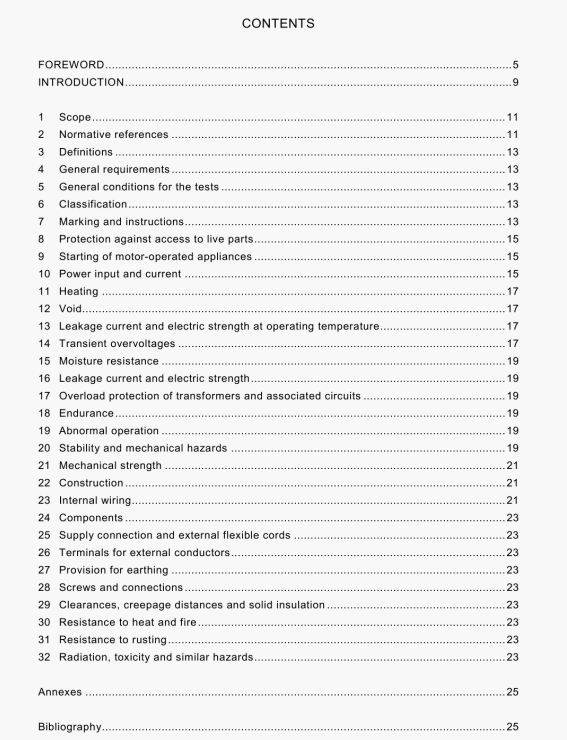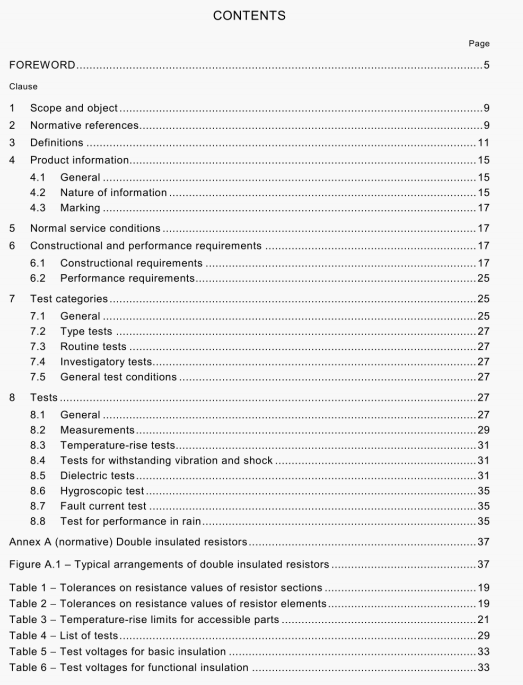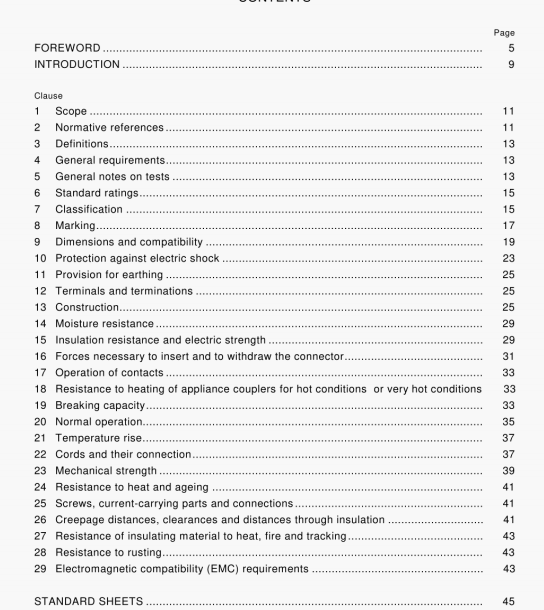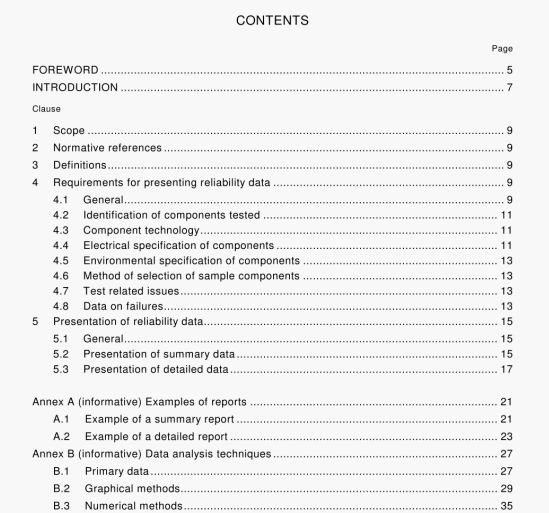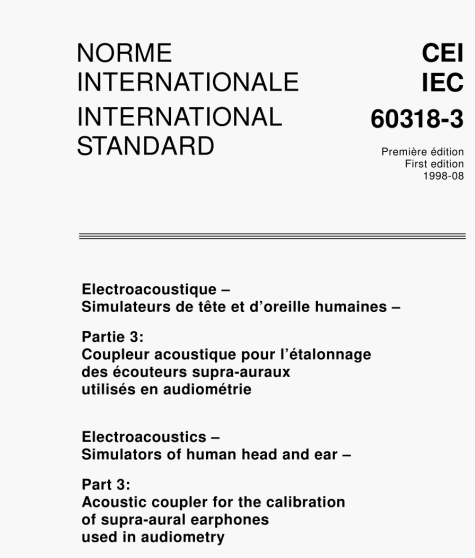Abstract: AS/NZS IEC 60825.14:2011 pdf free download.Safety of laser products Part 14: A user's guide. 4.3.3 Angle of acceptance for the ass.ssm.nt of .xposur. from extended sourc.s The majority of single lasers represent small sources, since the ang...
AS/NZS IEC 60825.14:2011 pdf free download.Safety of laser products Part 14: A user's guide.
4.3.3 Angle of acceptance for the ass.ssm.nt of .xposur. from extended sourc.s
The majority of single lasers represent small sources, since the angular subtense of the apparent source is less than (1.5 mrad).
Where the emission from such sources is within the retinal hazard region (i.e. between 400 nm and 1 400 nm). it can be focused by
the eye to form an effective point image on the retina. This is not possible with larger apparent sources (often called extended
sources), which, therefore, for a given level of exposure at the surface the eye. may be less hazardous. Extended-source exposure
conditions may be applicable to diffuse reflections, laser arrays or laser products employing a diffuser, when these are viewed at a sufficiently close distance.
Recommended:
